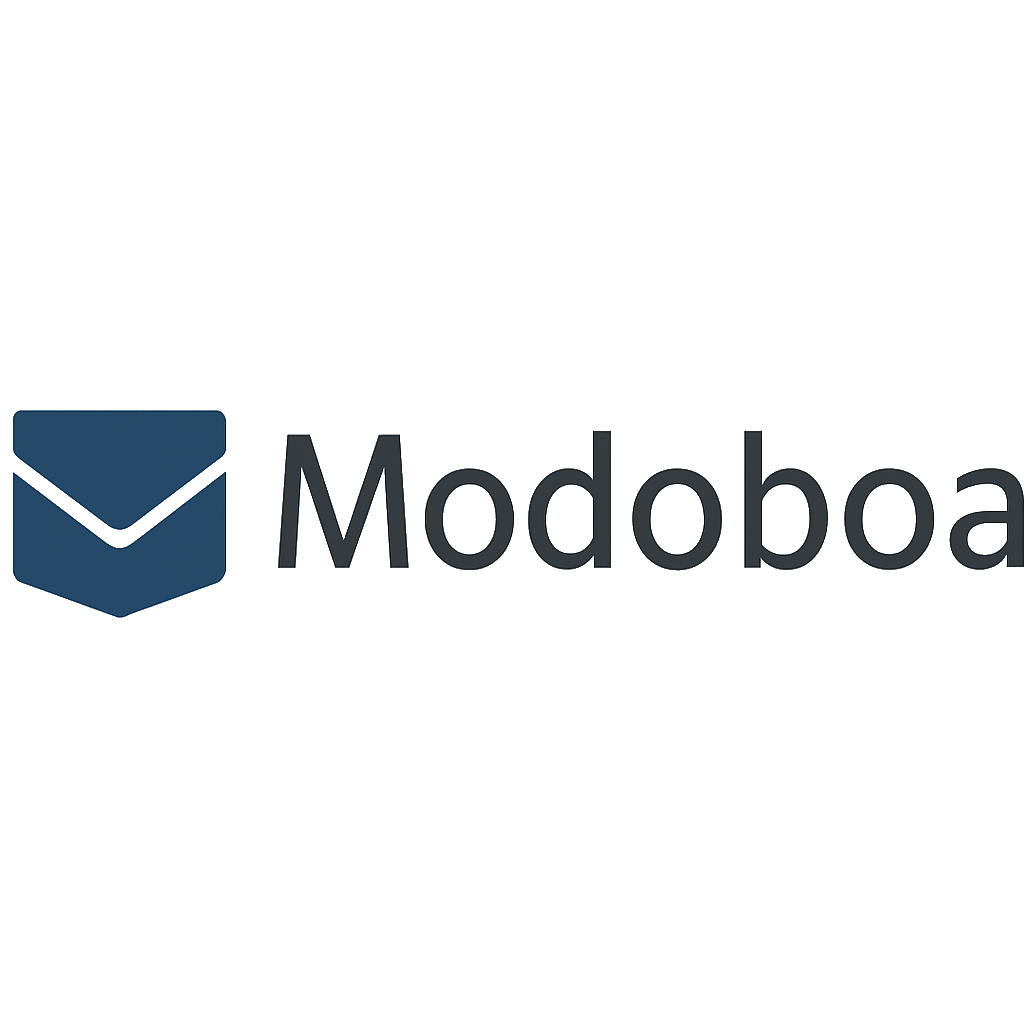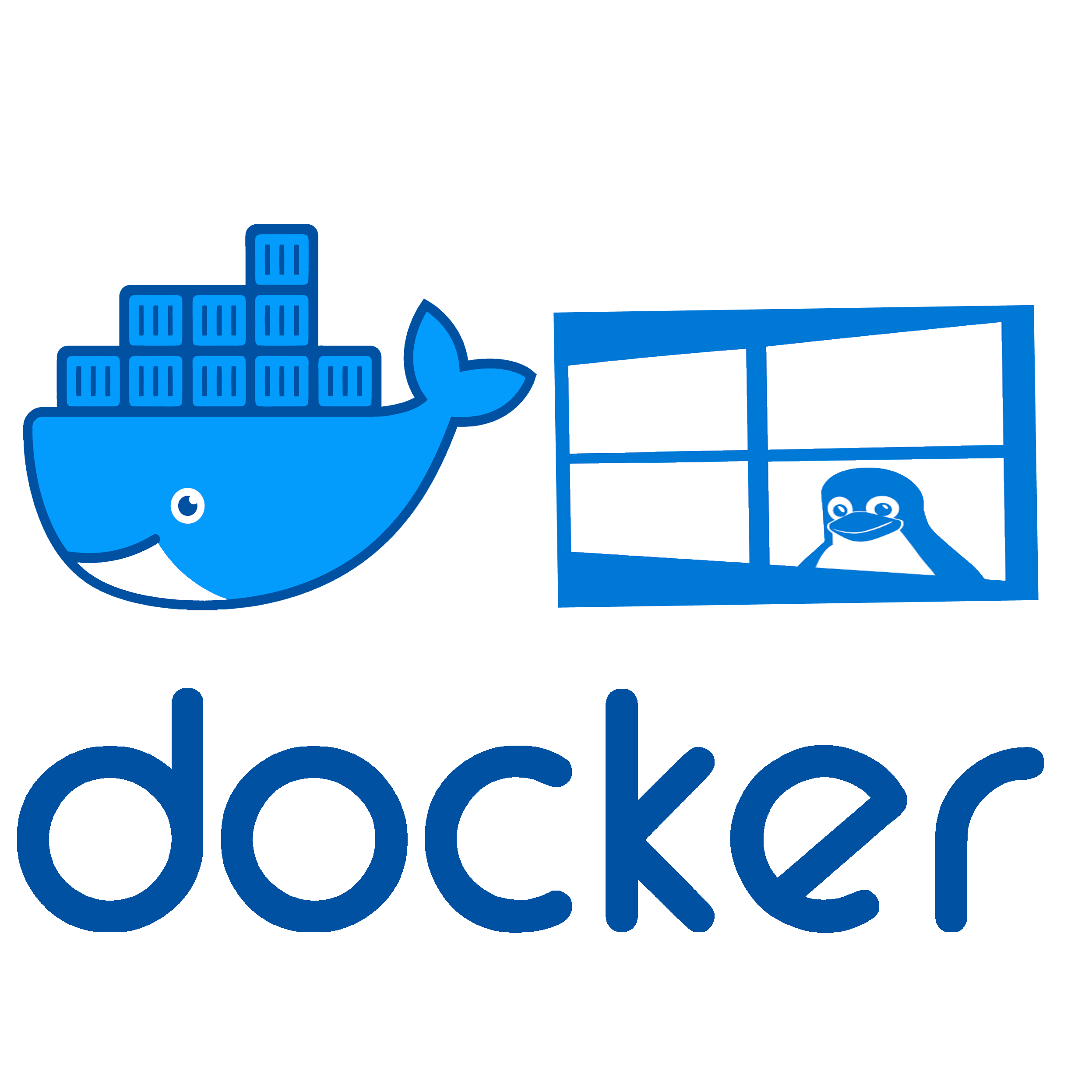Modoboa – A Full-Stack Mail Hosting Platform with Admin Tools Built In
What is Modoboa
Modoboa isn’t just a mail server — it’s a whole mail hosting environment wrapped into a single install. It gives you a working Postfix + Dovecot setup, plus a full web admin panel, webmail interface, user management, domain control, monitoring, and security features — all out of the box.
It’s written in Python and runs on top of Postfix/Dovecot with Rspamd or Amavis for filtering. Unlike lighter tools like Mail-in-a-Box or SnappyMail, Modoboa is more of a full-service control panel. Think “cPanel for mail only” — but open-source and self-hosted.
The whole idea is to make mail hosting manageable without diving into dozens of disconnected config files. Everything can be set up, monitored, and changed through the web interface, including TLS certs, DKIM keys, quotas, and aliases.
What It Gives You
| Feature | Purpose |
| Web admin interface | Manage users, domains, aliases, quotas, and DNS records |
| Webmail (Roundcube) | Integrated interface for sending and reading mail |
| Built-in monitoring | Mail flow stats, greylist reports, queue overview |
| Rspamd/Amavis integration | Spam filtering and antivirus (configurable per domain) |
| DKIM/SPF/DMARC support | Authenticated outgoing mail and DNS setup |
| TLS certificate management | Automated via Let’s Encrypt |
| Virtual domains support | Multiple domains on one server |
| REST API | Automate management tasks |
Installation (Takes a Bit Longer)
Clean Ubuntu 22.04 is recommended. The installer script sets everything up — mail server, web panel, database, webmail — but the first run may take a while.
wget https://github.com/modoboa/modoboa-installer/archive/refs/heads/master.zip
unzip master.zip
cd modoboa-installer-master
sudo ./run.py –interactive example.com
You’ll be asked a few setup questions. After that, Modoboa builds the entire stack and makes it available at https://mail.example.com.
All future config (users, domains, certs, quotas) is done from the browser. No need to mess with raw Postfix files.
When It’s a Good Fit
– Self-hosted email for multiple domains with per-user isolation
– Admin teams needing full visibility and control from a web UI
– MSPs or IT teams managing internal mail without cPanel licenses
– Hosting both email and webmail for clients or small businesses
– Cases where web-based domain/user provisioning is critical







